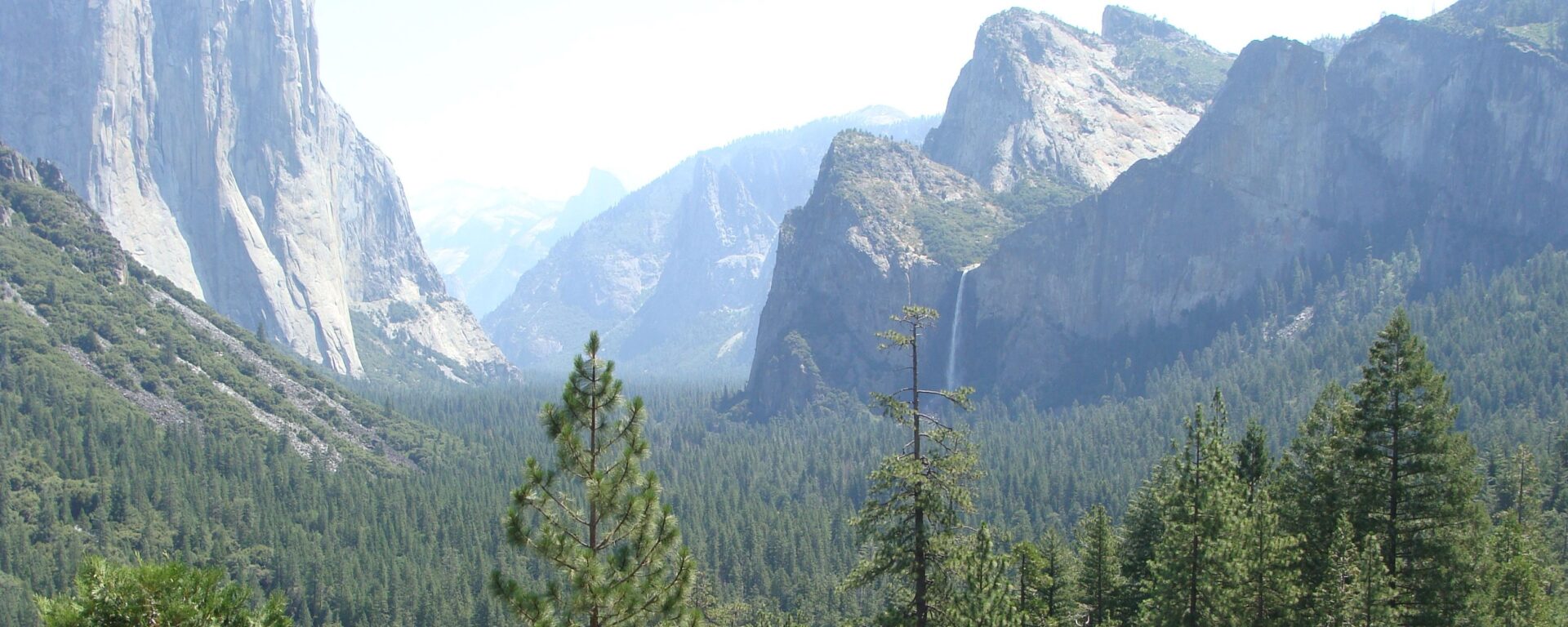Science assessment to identify areas of high biodiversity, mature forest connectivity, and passive recreation values
The Trust for Public Land (TPL) commissioned the Conservation Biology Institute to establish a scientific foundation for a their Sierra Checkerboard Initiative. The vision for the Sierra Checkerboard Initiative was established in the Science Assessment for the Sierra Checkerboard Initiative. The Conservation Strategy for the Sierra Checkerboard Initiative, developed in collaboration with Nancy Budge of QB Consulting, prioritized areas for TPL’s work in the study area, described desired future conditions for the resources in these areas, and presented a number of potential private landowner conservation incentives and funding mechanisms.
The Science Assessment identified areas of high biodiversity, mature forest connectivity, and passive recreation values, as well as areas threatened by development, unnatural fire regimes, and management incompatible with conservation of mature forests. The Science Assessment uses a systematic and transparent approach to integrating and analyzing the extensive amount of data available for the central Sierra (portions of El Dorado, Placer, Nevada , Sierra , and Yuba counties) and identifying candidate areas for developing conservation and management strategies. A modeling tool, developed from the Ecosystem Management Decision Support (EMDS) System, allowed us to visualize, in an unbiased manner, the distribution of the various characteristics of the study area that contribute to resource values and threats. Links to the Technical Appendix to the Science Assessment, which explains the EMDS model developed for the project, and an online metadata catalog for the project can be found on this page.
The Conservation Strategy identified 17 priority resource areas that contributed to a number of distinct regional conservation themes, including river corridors, upper watersheds, mature forests, and recreational and visual resources. Private lands conservation strategies consisted of a combination of implementing mechanisms, including land acquisition or land exchange, conservation easements, management agreements, and other plans or agreements to minimize threats and enhance resource values. Twenty one potential categories of funding for implementing private lands conservation were presented.


